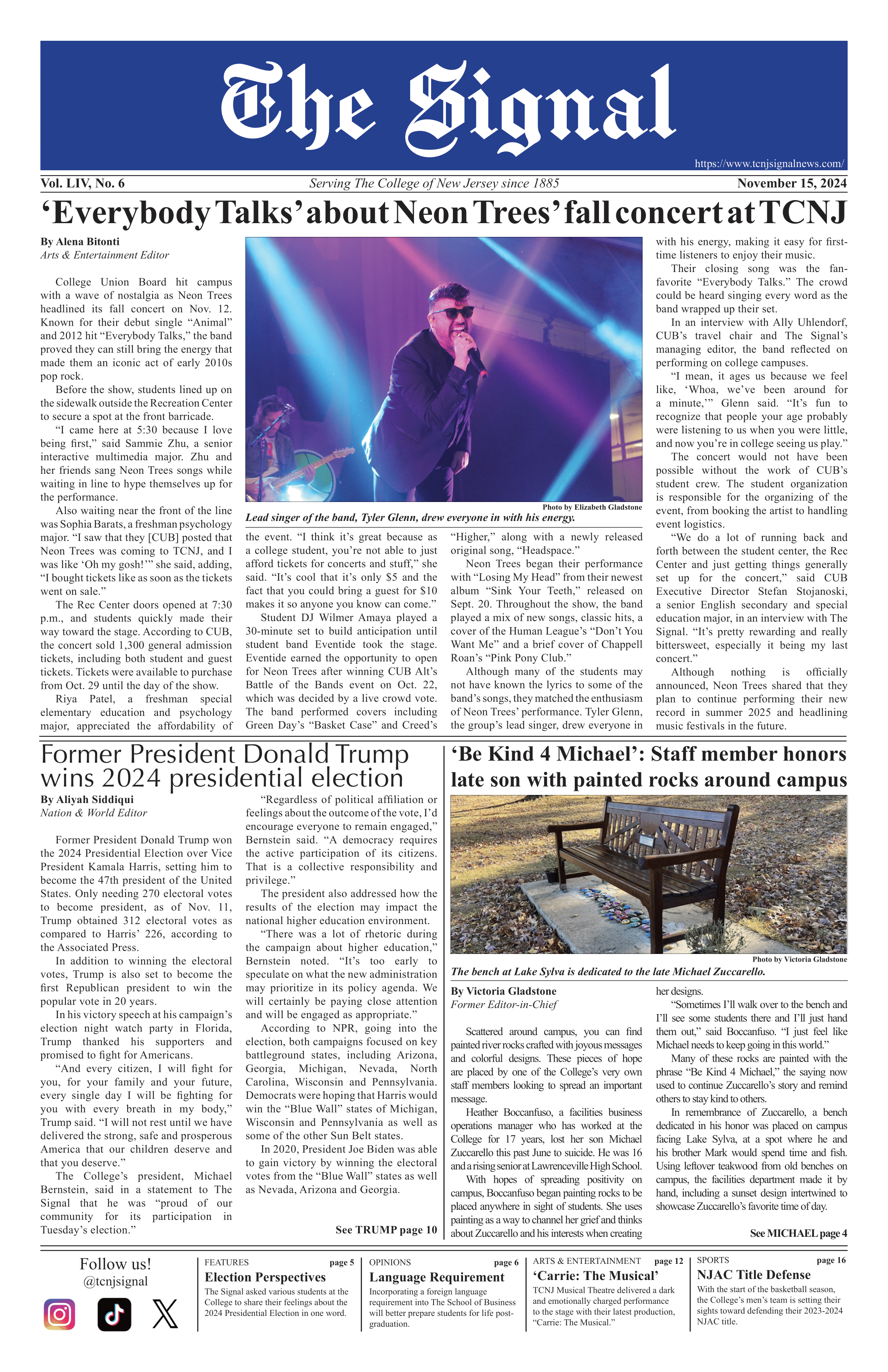By Amani Salahudeen
Correspondent
The film adaptation of Madeleine L’Engle’s 1962 novel “A Wrinkle in Time” hit theaters across the world on March 9. The film focuses on a young girl named Meg Murray (Storm Reid) who goes on a journey to find her long-lost father.
Meg struggles with self-esteem issues and fitting in with her peers. Meg is bright and gifted as the daughter of two famous physicists who are experts in their fields, yet she still has room to grow and conceive her full potential.
When her father (Chris Pine) disappears, Meg, her younger brother Charles Wallace (Deric McCabe) and her friend Calvin (Levi Miller) are transferred through time and space with the help of three magical beings, Mrs. Which (Oprah Winfrey), Mrs. Whatsit (Reese Witherspoon) and Mrs. Who (Mindy Kaling).
The visuals were phenomenal, and the special effects were astonishing, but the story has several plot holes. In the beginning, Meg claims that she will never abandon her little brother. To the viewers’ dismay, not even a few minutes later, she does exactly that.
There is no real reason for Calvin to be a part of the journey to help Meg and Charles find their father. There were slower parts of the movie, which could have been used to develop Calvin’s background and further cement his place in the story. Instead, his story is told so rapidly that the audience barely has time to absorb it.
Despite lacking an interesting plot, the movie incorporated a variety of important themes that could appeal to the young target audience, including the importance of fighting darkness with light and the significance of believing in yourself.
The film demonstrated that sometimes, we as people are unaware of what causes another to behave the way he or she does. It sheds light on the struggles of other people and encourages viewers to be empathetic to characters that are not generally likeable, such as bullies.
Another issue with the movie was Principal Jenkins’s reaction to when Meg beats up students who are mean to her brother. The principal never asked Meg what her side of the story was after the fight and went on to tell Meg that it has been four years since her father’s death, so she should just learn to “move on.”
The three magical beings could also have been developed further. They appear so suddenly and the audience is given no insight into their histories. It would have been nice to know their other abilities or origins.
Introduced as beings filled with light, this means that their powers are weakened in the darkness, leaving Meg, Calvin and Charles alone to fend for themselves. Another shortcoming the magical beings have is their lack of foresight and preparation.
They never give the protagonists food before they are suddenly thrust into the planet known as Camezots, controlled by an evil entity called “IT.” All of Camezots’ inhabitants are terrified of not fitting in, so they insist on conforming to a homogenous nation.
Although the visuals and the special effects were exceptional, it is probably best to only read the novel and leave the rest to your imagination.







